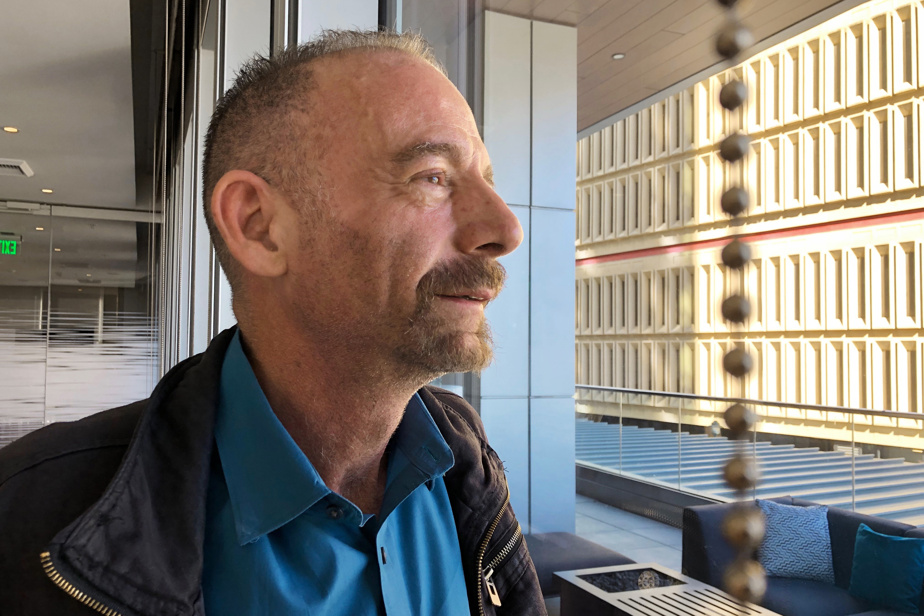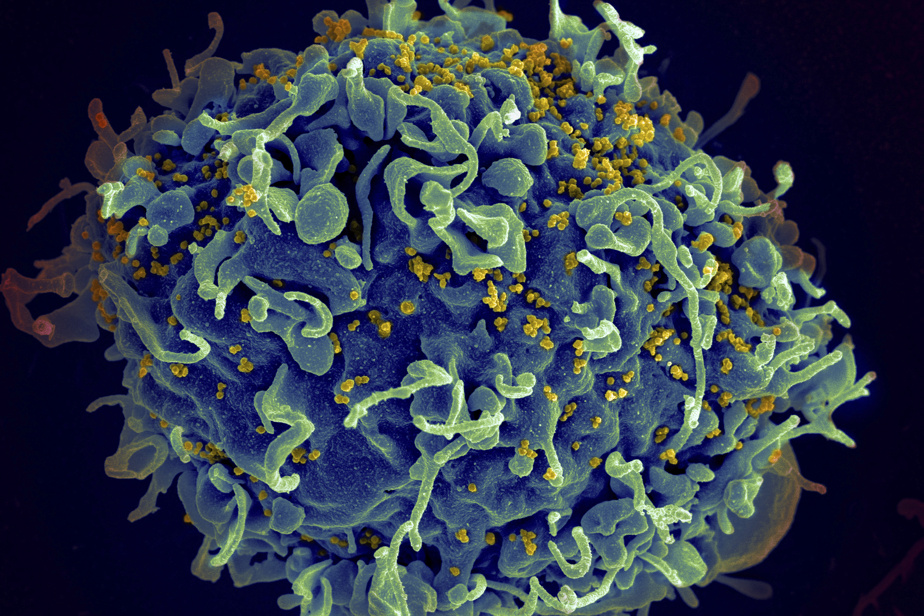(Munich) Three people in remission from HIV explain how a risky transplant operation saved their lives, “living proof” that sometimes you can triumph in the fight against this virus.
The patients spoke about their treatment at the International AIDS Conference in Munich, which ends Friday and brings together experts, researchers and activists to discuss the evolving HIV pandemic.
Only seven people in the world are considered to have been effectively cured after receiving a stem cell transplant, a painful and risky procedure that is only suitable for patients with both HIV and aggressive leukemia.
Adam Castillejo, 44, also known as the “London patient,” is one of them.
It took “years” before he could be sure the transplant had had the desired effect, he told AFP.
“There’s no specific moment when you say, ‘You’re cured,’ it takes time,” he added.
Marc Franke, 55 – the “Düsseldorf patient” – also underwent a battery of tests to ensure the treatment was working.
“The doctors did a lot of tests to be 100 percent sure before stopping the antiretroviral treatment,” he told AFP, referring to drugs that reduce the amount of HIV in the blood.
These patients had blood cancers and received a stem cell transplant that profoundly renewed their immune system, an operation that carries a 10% risk of death.
Stressing this “huge” mortality rate and other possible complications, Marc Franke confides that he cannot “recommend it to anyone”.
He even believes that, in retrospect, he “would have preferred to take one (antiretroviral) tablet a day” rather than undergo the exhausting process of transplantation.
“Very rare cases”
Earlier this month, doctors reported a seventh probable case of HIV cure: a 60-year-old German man no longer has any traces of the virus in his body.
Dubbed “Berlin’s new patient,” he received a bone marrow transplant for his leukemia in 2015 and stopped taking antiretrovirals in late 2018.
Researchers point out that he now appears to be cured of both HIV and cancer.
Sharon Lewin, president of the International AIDS Society, called the cases “really exciting” but admitted that such therapy was only applicable to a very small number of people.
The therapy has effectively cured only “seven out of 40 million people living with HIV,” Lewin said.
“These are very rare cases, but they are a source of hope for research,” she said.
All seven patients, except one, received stem cells from donors with a rare mutation in a gene called CCR5, known to block HIV from entering cells. These donors had inherited two copies of the mutated gene—one from each parent.
The “new Berlin patient” is the first to receive stem cells from a donor who inherited only one copy, a much more common configuration that raises hopes for more potential donors.
Paul Edmonds, in his 60s, the third patient to speak at the conference, acknowledged that stem cell transplants were “not for everyone because there are a lot of risks.”
However, his experience and that of other patients brings “hope for a possible cure”: “we are living proof that it can happen,” he said.
According to the World Health Organization, 1.3 million new HIV infections were recorded last year, while 39 million people are living with the virus.

PHOTO MANUEL VALDES, ASSOCIATED PRESS
Timothy Ray Brown
Timothy Ray Brown – the first “Berlin patient” – was the first person declared cured of HIV in 2008. He died of cancer in 2020.
